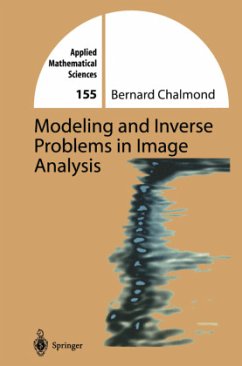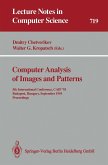More mathematicians have been taking part in the development of digital image processing as a science and the contributions are reflected in the increasingly important role modeling has played solving complex problems. This book is mostly concerned with energy-based models. Through concrete image analysis problems, the author develops consistent modeling, a know-how generally hidden in the proposed solutions. The book is divided into three main parts. The first two parts describe the materials necessary to the models expressed in the third part. These materials include splines (variational approach, regression spline, spline in high dimension), and random fields (Markovian field, parametric estimation, stochastic and deterministic optimization, continuous Gaussian field). Most of these models come from industrial projects in which the author was involved in robot vision and radiography: tracking 3D lines, radiographic image processing, 3D reconstruction and tomography, matching, deformation learning. Numerous graphical illustrations accompany the text showing the performance of the proposed models. This book will be useful to researchers and graduate students in applied mathematics, computer vision, and physics.
From the reviews: "...This book is an excellent introduction to Bayesian imaging and spline models in image analysis. It can be used for courses aimed at both mathematical statisticians who want to learn more about applications to imaging and engineers who aim to incorporate adequate mathematical formalism into their research."-- MATHEMATICAL REVIEWS "The introduction of this book clearly explains - at a level any undergraduate student in mathematics can understand - the basic concepts of image analysis. The examples throughout the book are well-explained and rich. The different types of modeling are also explained ... . this book can be advised to students or beginning researchers who want to have a good overview with an easy, self-contained introduction to the field of Image Analysis." (Peter Leoni, Physicalia, Vol. 28 (4-6), 2006)









